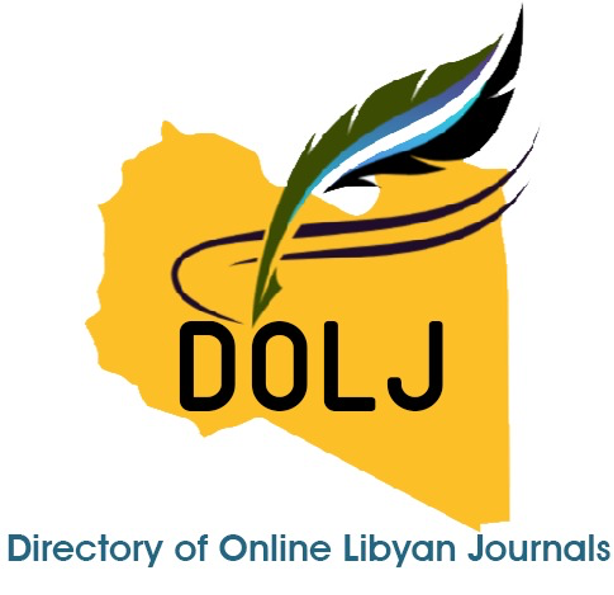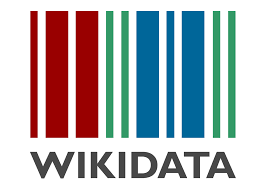Poetic Disparity of Poets and the Attitudes of Critics in the Third Century A.H
DOI:
https://doi.org/10.36602/faj.2019.n14.05Keywords:
Arabic poetry, criticism in the third century AH, poetic disparityAbstract
'Disparity' did not appear as a literary term in the glossaries of criticism nor it did in rhetoric and literature books. However, it was present on two levels: the production and the reception, in its meaning in critical practice of the Critics of the Third Century A H. The paper is meant to gather critical terms that fall within the ' Disparity' circle, and tries to study them through two cognitive matrices. The first looks at the term and concept, and the second monitors the phenomenon in poetic production and reception.
We will identify poetic Disparity in relation to nearer terms such as contradiction, discrepancy and difference. Then, we will examine the causes of Disparity within three dimensions: the subjective, religious and political, and finally try to delve deeper into the nature of poetic disparity and understand how it works.
The investigation has led to three lines according to which the Disparity occurs. The first is related to the theme of the poetry itself, the second is what the processes of reception require, and the third depends on the poet himself. As result, it became easier to locate it in f Jacobson communicative plan within what can be called the structure of connectedness, i.e. the movement from general to specific, where the process of Disparity starts from the context (poetic theme), the narrators and ending with the sender (poet).
Downloads
Published
How to Cite
Issue
Section
License
Copyright (c) 2019 محمود محمد ملودة، عبدالسلام مخزوم الشيماوي

This work is licensed under a Creative Commons Attribution 4.0 International License.
All works published in this journal are licensed under the Creative Commons Attribution 4.0 International License (CC BY 4.0), which permits use, sharing, adaptation, and redistribution for any purpose, including commercial ones, provided that proper credit is given to the original author and source, a link to the license is provided, and any changes made are indicated.

















